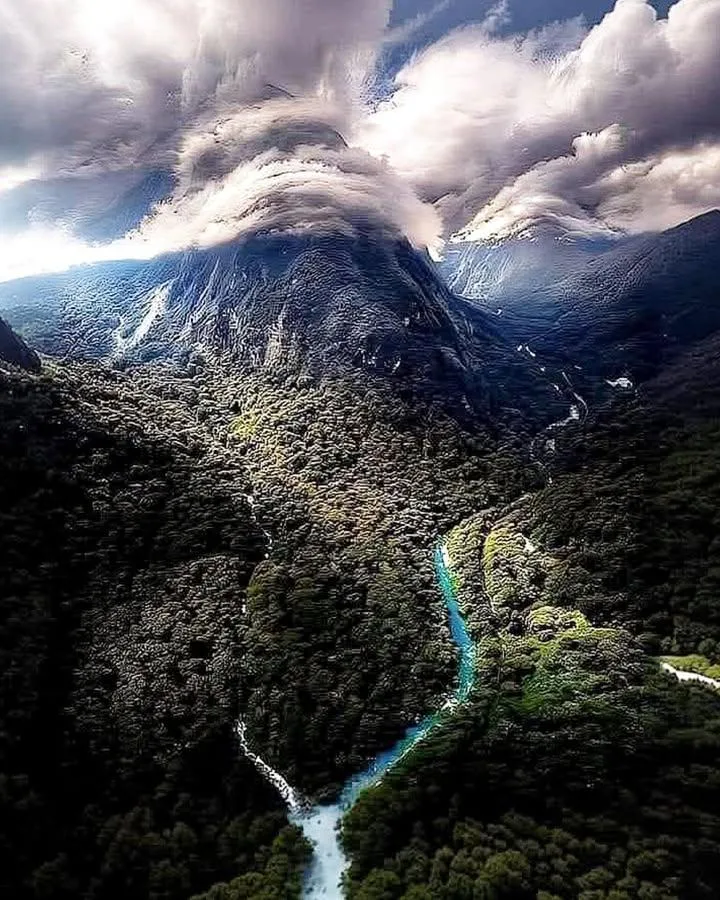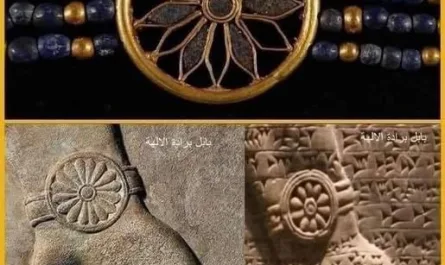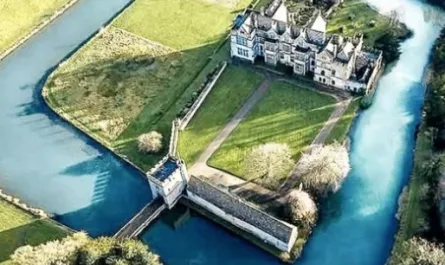Overview
The Lacandona Forest, located in the southeastern state of Chiapas, Mexico, is one of the country’s last great rainforests and a critical component of Mesoamerica’s biodiversity hotspot. Spanning approximately 1.5 million acres (around 600,000 hectares), it forms part of the larger Selva Maya, which extends into Guatemala and Belize. This tropical rainforest is often referred to as one of Mexico’s “green lungs” due to its role in carbon sequestration, oxygen production, and harboring an extraordinary array of flora and fauna.

Biodiversity
The Lacandona Forest is a global biodiversity hotspot, hosting an estimated 20% of Mexico’s species within its boundaries. Key ecological features include:
-
Flora: Over 3,000 plant species thrive here, including towering mahogany and ceiba trees, orchids, bromeliads, and medicinal plants used by indigenous communities. The forest’s dense canopy supports a complex ecosystem of epiphytes and vines.
-
Fauna: The jungle is home to iconic species such as:
-
Jaguar (Panthera onca): A keystone predator, with the Lacandona being one of its last strongholds in Mexico.
-
Howler Monkey (Alouatta pigra): Known for their distinctive vocalizations that echo through the forest.
-
Resplendent Quetzal (Pharomachrus mocinno): A vibrant bird revered in Mayan culture, symbolizing freedom.
-
Other species include scarlet macaws, tapirs, ocelots, and over 700 butterfly species, making it a haven for entomologists and wildlife enthusiasts.
-
-
Aquatic Ecosystems: Crystal-clear rivers like the Lacantún and Usumacinta, along with stunning waterfalls such as those in the Montes Azules Biosphere Reserve, support aquatic species like freshwater fish and amphibians. Cenotes and lagoons add to the region’s hydrological diversity.
Cultural Significance
The Lacandona Forest is not only an ecological treasure but also a cultural one, primarily due to the Lacandón Maya, one of Mexico’s smallest and most traditional indigenous groups. The Lacandón, numbering around 1,000 individuals, are divided into three main subgroups: Northern (Hach Winik), Southern, and Jatate. Their way of life is deeply intertwined with the forest, reflecting centuries-old traditions:
-
Traditional Practices:
-
Milpa Farming: The Lacandón practice a sustainable form of slash-and-burn agriculture called milpa, rotating plots to allow soil regeneration. Crops include maize, beans, and squash, known as the Mesoamerican triad.
-
Spiritual Beliefs: Their cosmology views the forest as sacred, with deities like Hachäkyum (the creator god) residing in natural features. Rituals often involve offerings of balché, a fermented drink, in ceremonial centers like ancient ruins.
-
Craftsmanship: The Lacandón are known for crafting bows, arrows, and pottery, often using forest materials. Their traditional tunics, made from handwoven cotton, are still worn by some community members.
-
-
Language and Knowledge: The Lacandón speak a Mayan language closely related to Yucatec Maya. Their ecological knowledge, passed down orally, includes uses of plants for medicine, food, and rituals, contributing to global ethnobotanical research.
-
Archaeological Heritage: The forest contains significant Mayan archaeological sites, such as Bonampak (famous for its vivid murals) and Yaxchilán, which highlight the region’s historical importance as a center of Mayan civilization.
Environmental Challenges
Despite its ecological and cultural significance, the Lacandona Forest faces severe threats:
-
Deforestation: Since the 1970s, over 70% of the original forest cover has been lost due to logging, cattle ranching, and agricultural expansion. Illegal logging, often tied to organized crime, remains a significant issue.
-
Land Disputes: Encroachment by non-indigenous settlers and agribusiness has led to conflicts over land rights, reducing the territory available to the Lacandón and other indigenous groups like the Tzeltal and Ch’ol.
-
Climate Change: Rising temperatures and altered rainfall patterns threaten the forest’s ecosystems, impacting species like amphibians that rely on stable moisture levels.
-
Infrastructure Development: Projects like roads and potential megaprojects (e.g., the Maya Train) risk fragmenting habitats and increasing human pressure on the forest.
Conservation Efforts
Efforts to protect the Lacandona Forest involve a mix of governmental, non-governmental, and community-led initiatives:
-
Montes Azules Biosphere Reserve: Established in 1978, this 331,200-hectare protected area covers a significant portion of the forest. It aims to balance biodiversity conservation with sustainable development for local communities.
-
Community-Led Conservation: The Lacandón Maya have been involved in ecotourism and reforestation projects. For example, some communities manage eco-lodges, offering guided tours that showcase their culture and the forest’s biodiversity.
-
NGO and International Support: Organizations like Conservation International and the Mexican Fund for the Conservation of Nature work with local communities to promote sustainable practices, such as shade-grown coffee and agroforestry.
-
Reforestation Initiatives: Programs to replant native species and restore degraded areas are ongoing, though they face challenges due to limited funding and enforcement.
-
Challenges: Conservation efforts are hampered by corruption, weak enforcement of environmental laws, and economic pressures that incentivize deforestation. Balancing indigenous rights with conservation goals remains complex, as some communities seek economic opportunities that may conflict with preservation.
Socioeconomic Context
The Lacandona region is marked by economic marginalization, with many indigenous communities living in poverty. Ecotourism and sustainable agriculture offer potential income sources, but access to markets and infrastructure is limited. The Zapatista movement, which emerged in Chiapas in 1994, has also influenced the region, advocating for indigenous rights and land reform, sometimes complicating conservation efforts due to differing priorities.
Future Outlook
The Lacandona Forest’s survival depends on integrated strategies that prioritize both ecological preservation and the well-being of its indigenous inhabitants. Strengthening land rights for the Lacandón and other communities, enforcing anti-logging laws, and expanding sustainable economic opportunities are critical. Global awareness of the forest’s value, coupled with support for local conservation initiatives, could help ensure this biodiversity sanctuary and cultural treasure endures for future generations.
Sources
-
Information synthesized from web sources, including conservation reports and ecological studies available up to July 21, 2025.
-
General knowledge of Mesoamerican ecosystems and indigenous cultures.
-
No specific X posts were analyzed, but I can search for recent updates if requested.





